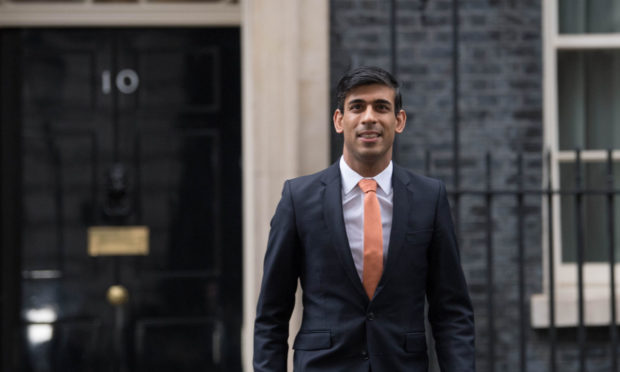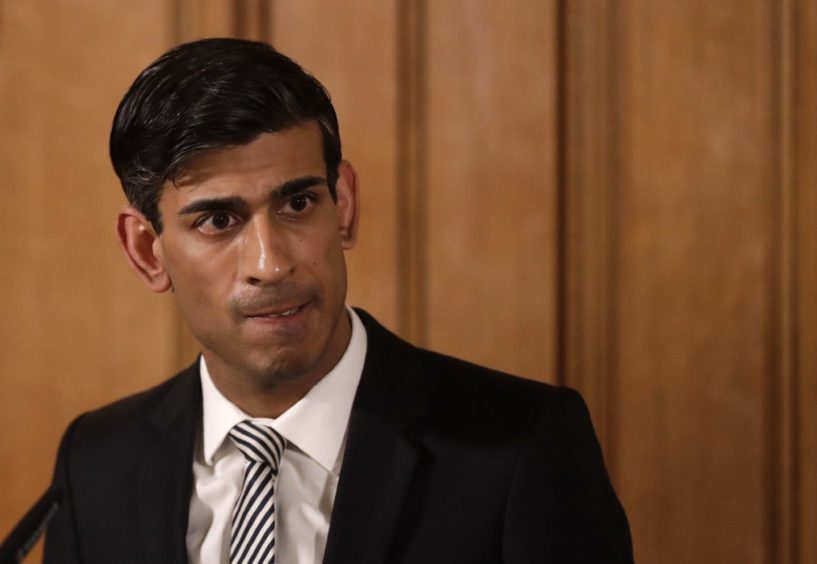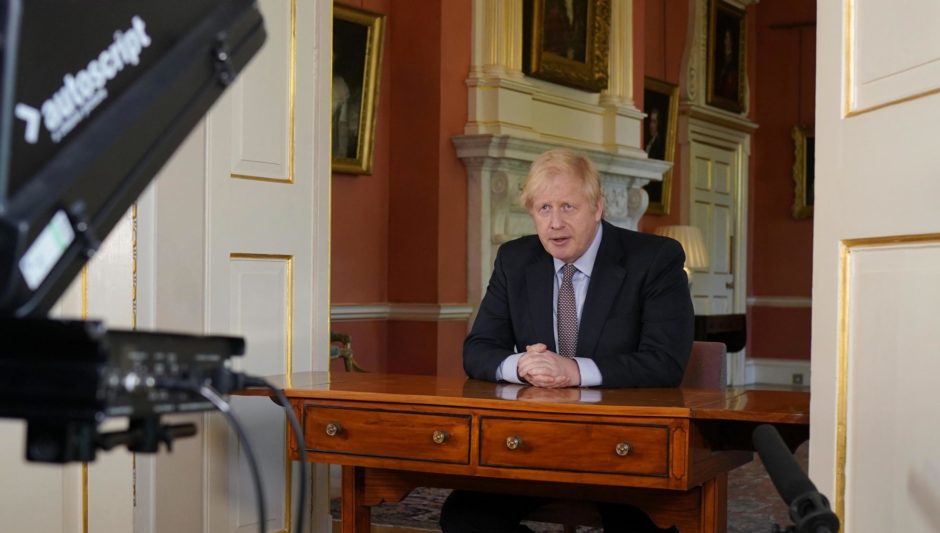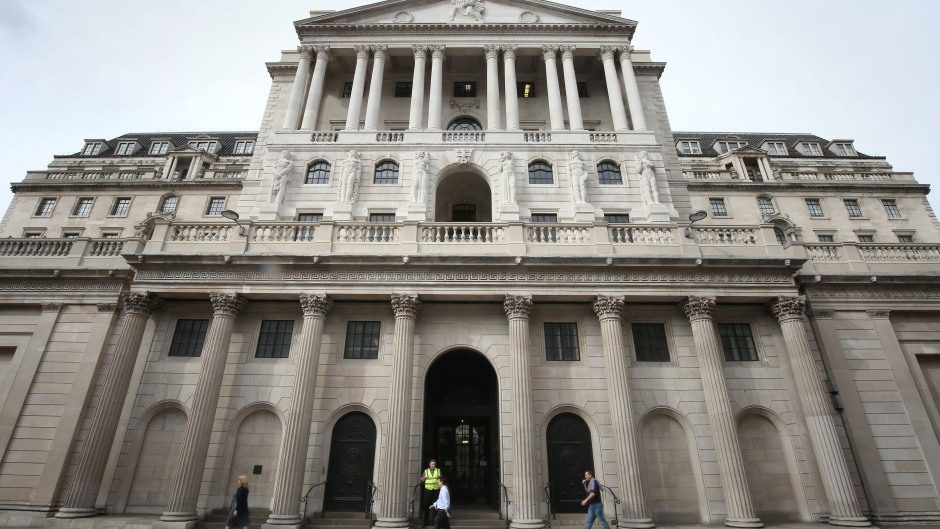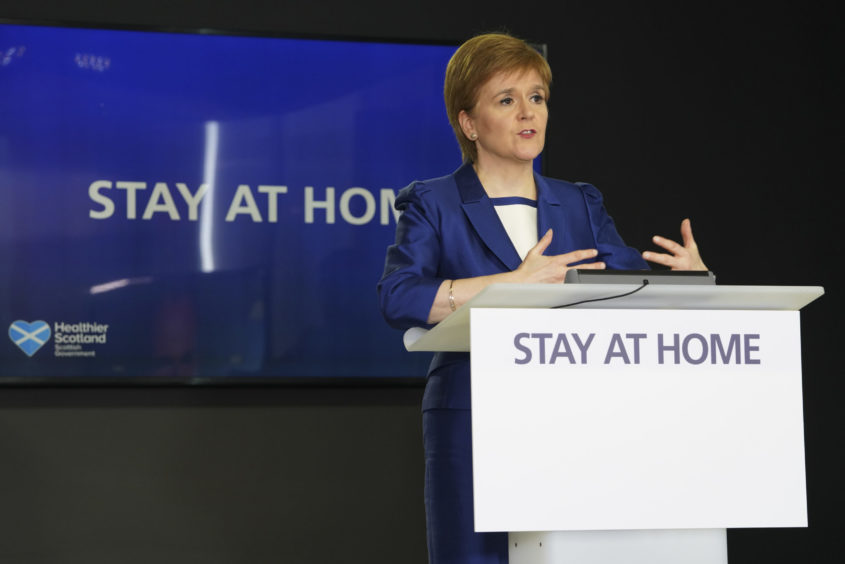Officially known as the “coronavirus job retention scheme”, the “furlough” programme is the cornerstone of the UK Government’s rescue package for the economy during the pandemic.
It enabled the “furlough” of workers, whereby they could remain employed by a business while not working. Under the terms of the initiative, the Treasury offered businesses a grant to pay 80% of a furloughed staff member’s salary, up to £2,500 each month.
It was designed to prevent a huge number of redundancies and business closures when the lockdown made many jobs impossible, while also ensuring that firms were well placed to bounce back when the crisis was over.
The scheme came into effect on April 20, but claims could be backdated to March 1. It had been due to be dropped at the end of May but that was pushed back to the end of June.
What was announced by the chancellor on Tuesday?
Chancellor Rishi Sunak revealed that the deadline for the scheme would be extended again from the end of June to the end of October. The announcement was widely welcomed by opposition parties, trade unions and business leaders.
The chancellor also confirmed that, from the start of August, furloughed workers would be able to return to work part-time, with employers being asked to pay a percentage towards the salaries of their furloughed staff.
However, questions remain to be answered over the level of contribution that would be expected from businesses.
Was it a U-turn by the chancellor?
Speculation had been mounting that Mr Sunak would move to begin scaling back the scheme because of its cost. UK Government insiders had previously provoked criticism by speaking of the need to “wean” businesses off the financial support because they were at risk of becoming “addicted”.
Prime Minister Boris Johnson’s address to the nation on television on Sunday night was also viewed as a first step to cutting back, as he urged employees to return to work if they could. Reports had predicted that the chancellor would reduce the backing from 80% to 60% of people’s wages, and announce that it would end in September. It is possible that the negative reaction to Mr Johnson’s speech on Sunday, amid claims his new “stay alert” messaging strategy had caused confusion, prompted a rethink at 10 and 11 Downing Street.
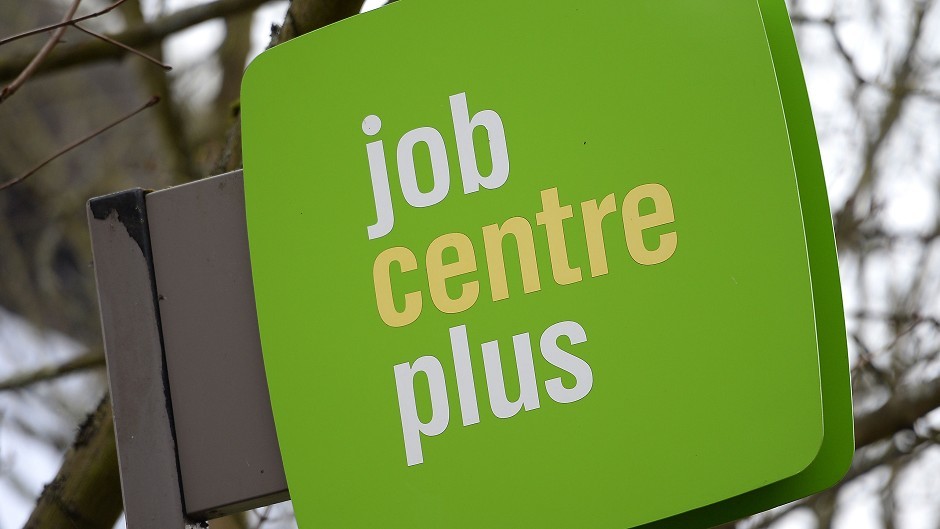 How much is the scheme costing?
How much is the scheme costing?
The programme is hugely expensive. About £8 billion was estimated to have been spent on it by the start of this month, but the final bill could reach £80bn.
By comparison, the Scottish Government’s total budget this year is less than £50bn, and the total that went on NHS England in 2018/19 was £114bn. The furlough scheme costs so much because it is currently paying 80% of the wages of 7.5 million workers – more than a quarter of the UK workforce – in close to 1 million businesses.
This is far more people than it was initially intended to help, and it is only one part of the government’s package to support the economy during the crisis.
However, while Universal Credit benefits claims are at three times the level they were at before the crisis, the number would be far higher if the furlough scheme had not prevented mass redundancies. In Scotland alone it is estimated to have helped prevent close to 400,000 job losses.
How is it being paid for?
In the short term, the government has already been borrowing to fund the programme, with the Treasury selling £45bn worth of bonds on one day last month. This outstripped the previous record of £28bn set in July 2009 during the financial crisis. The government has also been borrowing via its emergency overdraft system with the Bank of England. In the long term, spending cuts or tax rises may be put forward as ways to repay the debts and repair the country’s battered finances.
Will the scheme continue for longer in Scotland than in England?
With Mr Johnson moving to ease lockdown restrictions earlier in England than the rest of the UK, the Westminster government has been under pressure to confirm whether it would continue to pay furloughed workers in Scotland and the other devolved nations if they were required to stay off work for longer than their counterparts in England.
The scheme has been led by the UK Government and administered by HM Revenue and Customs, and would be very difficult for the Scottish Government to continue on its own, particularly with Holyrood’s limited borrowing powers.
The Treasury has not ruled out such an arrangement, but clearly hopes the extension to the furlough scheme announced on Tuesday will prevent a constitutional clash with SNP ministers in the short-term, at least.
